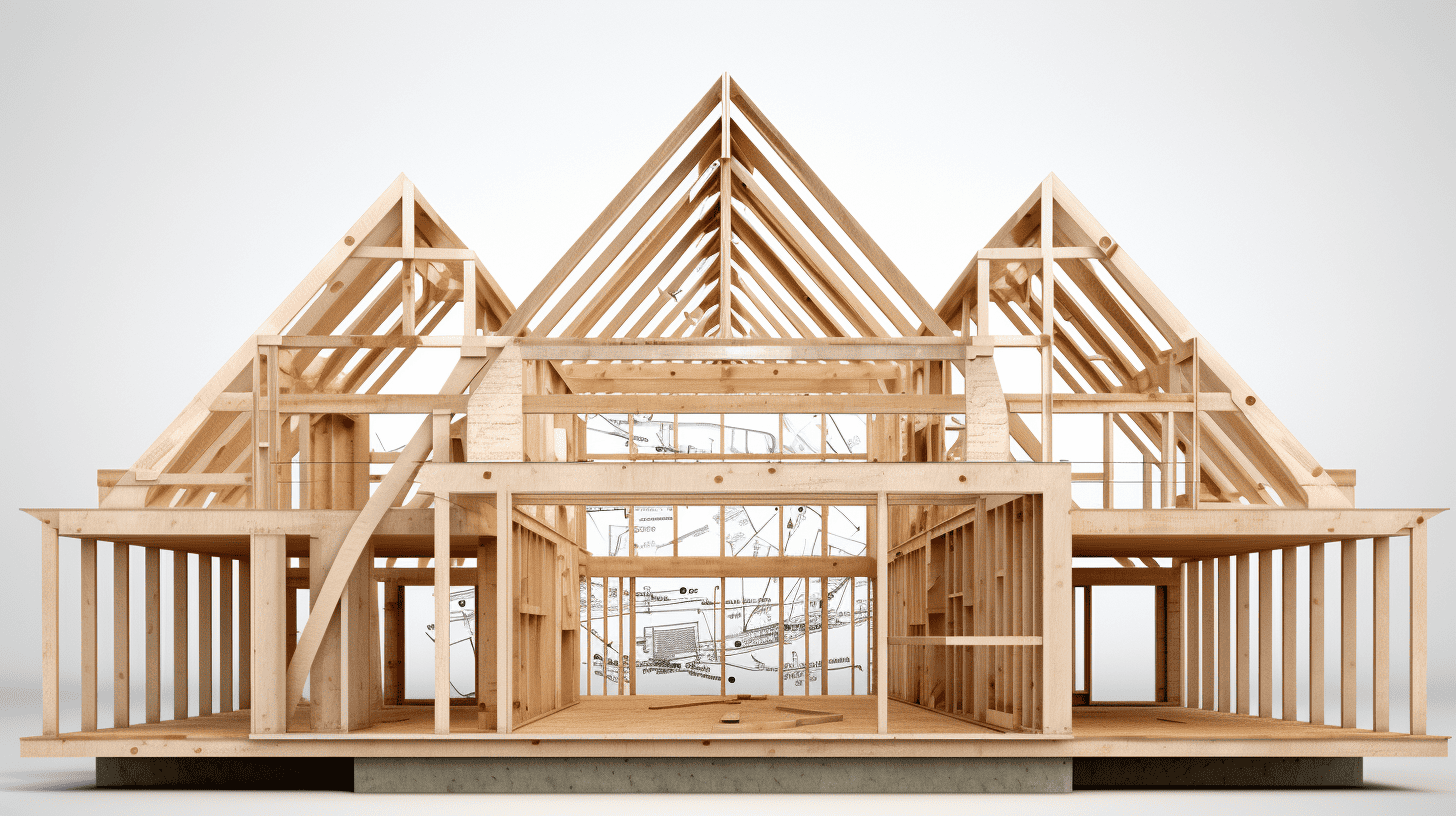
Rafters are an integral part of the roof structure in wooden buildings, supporting the roof’s weight and transferring the load to the walls and foundations below. Designing and installing rafters in Canada needs to take into account the specific challenges posed by Canadian weather, such as heavy snowfall, strong winds, and the potential for moisture issues. Here are some categorized tips for working with rafters:

Rafters are an integral part of the roof structure in wooden buildings, supporting the roof’s weight and transferring the load to the walls and foundations below. Designing and installing rafters in Canada needs to take into account the specific challenges posed by Canadian weather, such as heavy snowfall, strong winds, and the potential for moisture issues. Here are some categorized tips for working with rafters:
